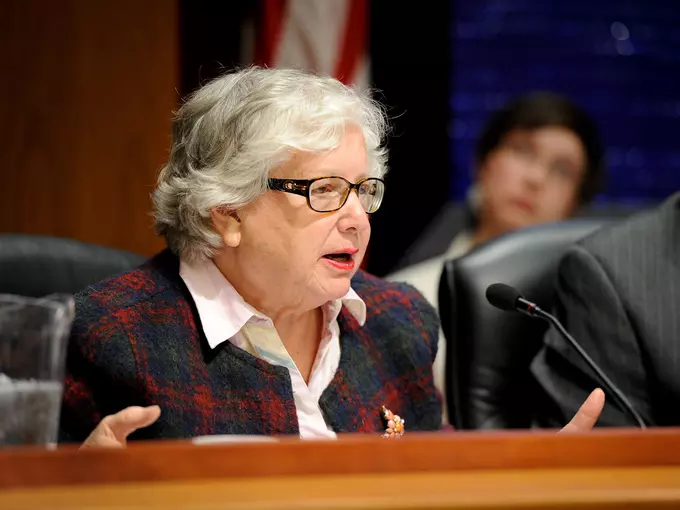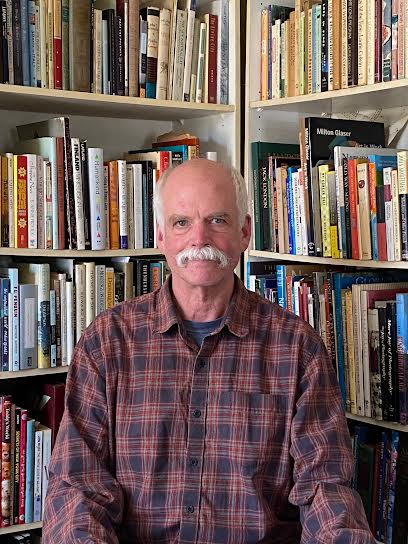OPED: Higher Education is essential to Queens
The City University of New York (CUNY) has a rich history, dating back to the founding of the Free Academy in 1847. Townsend Harris, then President of the City’s Board of Education stated “let the children of the rich and poor take their seats together.” Queens and York Colleges, CUNY Law School, LaGuardia and Queensborough Community Colleges are all descendants of that tradition. CUNY is embedded in the fabric of Queens. By keeping these institutions strong and making them more affordable, we will ensure our students and our economy continue to thrive.
Two years ago the Brookings Institution, a well-respected Washington DC based public policy organization, ranked CUNY as among the top colleges nationally for providing upward mobility for its graduates. Students from families in the bottom 20 percent income level experienced the greatest increase in potential earnings.
Our public universities and colleges have struggled to maintain enrollment over the last several years. A range of factors has contributed to this problem, especially the rippling effects of the COVID-19 health crisis. However, our lack of state support and tuition increases shoulder much of the blame. Cuts in state support and the strain of the TAP Gap (the difference between the Tuition Assistance Program and the actual cost of tuition) forced administrators to reduce services, neglect infrastructure and technological needs, and lay off adjuncts. Rising tuition rates deterred students who simply could not afford the cost of an education.
This year’s New York State Budget included historic investments for CUNY. When we assumed the majority in the Senate in 2019, we began the process of reversing a decade of neglect and cuts to our CUNY schools. As Chairwoman of the State Senate Higher Education Committee, I take great pride in helping facilitate this sea change, along with my colleagues. We have not increased tuition and expanded TAP and opportunity programs, as well as funded more full-time faculty.
This new budget will begin to address infrastructure needs with hundreds of millions of dollars in appropriations for capital projects, which will provide prevailing wage jobs. Additionally, we are making a substantial investment in on-campus childcare so Queens families can continue their academic pursuits, with the benefit of having their children nearby.
These are steps in the right direction for CUNY, but I believe we can do more. Too many students graduate from college, starting their careers owing thousands of dollars in student loans. I have sponsored a bill, that passed the Senate, to increase the income level for TAP eligibility from $80,000 to $110,000. This will offer relief for middle class families who are struggling with the extra costs of textbooks, ever-evolving technology needs and other school related costs. If we spend smartly and invest in the right programs, I am confident we can improve our schools, grow our enrollment and lower the cost of college.
I have said many times that the P3 concept should be applied to higher education- a public-private partnership with the business community is essential. By working together, each will benefit. I look forward to working with the Chamber on these issues.




 The Better Living pavilion seemed pretty lame, but they had a number of free samples, including a new grapefruit soda, “Wink.” Then I went to Bell Telephone for a tour through communications history, “From Drumbeat to Telestar,” and to beep away at the many new models of push button phones and, a real treat in pre-video game days, to play electronic tic-tac-toe against a computer.
The Better Living pavilion seemed pretty lame, but they had a number of free samples, including a new grapefruit soda, “Wink.” Then I went to Bell Telephone for a tour through communications history, “From Drumbeat to Telestar,” and to beep away at the many new models of push button phones and, a real treat in pre-video game days, to play electronic tic-tac-toe against a computer. And although this was my 14th visit, the exhibits were still captivating, although far from realistic as it turned out. The only thing they got right was lunar exploration, then just four years away. But they overplayed their hand by including things like regular commuter spaceship landings. There are still no farms in the desert or underwater vacation resorts, or weather stations beneath the Antarctic ice. And predictions for the City of Tomorrow, a tomorrow already long in the past, seemed to have been based less upon science or urban planning than on viewing episodes of The Jetsons. There are no roadways in the sky, high speed buses, or underground freight conveyor belts. And the only times I’ve been on moving sidewalks have been at airports, and, ironically, at Freedomland in the Bronx in 1962. But, accurate or otherwise, it was all great fun. And like so many other things at The Fair, it did much to warm my 13-year-old heart.
And although this was my 14th visit, the exhibits were still captivating, although far from realistic as it turned out. The only thing they got right was lunar exploration, then just four years away. But they overplayed their hand by including things like regular commuter spaceship landings. There are still no farms in the desert or underwater vacation resorts, or weather stations beneath the Antarctic ice. And predictions for the City of Tomorrow, a tomorrow already long in the past, seemed to have been based less upon science or urban planning than on viewing episodes of The Jetsons. There are no roadways in the sky, high speed buses, or underground freight conveyor belts. And the only times I’ve been on moving sidewalks have been at airports, and, ironically, at Freedomland in the Bronx in 1962. But, accurate or otherwise, it was all great fun. And like so many other things at The Fair, it did much to warm my 13-year-old heart.